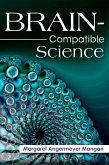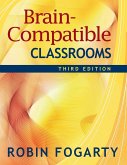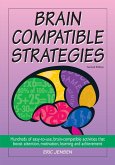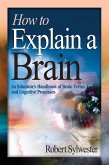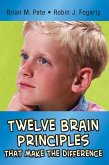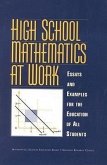Students’ brains are wired to make them natural, curious learners. The mathematical world around them offers a vast classroom, filled with shapes, spaces, quantities, and experiences to discover and explore, all leading to the construction of understanding. Teachers can use this natural curiosity to tap the inborn neural mechanisms that motivate students to learnto make relevance and meaning of their surroundings. Brain-Compatible Mathematics, Second Edition bridges the findings from the realms of brain research and improved mathematics instruction through updated teaching samples, connections to the most recent standards, newest research findings, and integration to other content areas. Each brain is different, and when teachers teach problem-solving skills to help students arrive at their own solution paths, students go beyond mere memorization of facts and algorithms to being an actual participant in the development of mathematical understanding. In an informative and relevant approach, Diane Ronis presents teachers and math leaders with an emphasis on thinking, mathematical representation, and construction of ideas and an abundance of: Sample lessons, units, and strategies linked to 2000 NCTM standards Brain-friendly strategies for math teaching that meet NCLB requirements How-to guides for creating more brain-tuned math teaching Ideas for incorporating technology into the math curriculum Planning templates for immediate use By integrating math learning into real-world applications, students can actively practice what they learn, make meaning out of their everyday experiences, and think mathematically for success within today’s information age.


